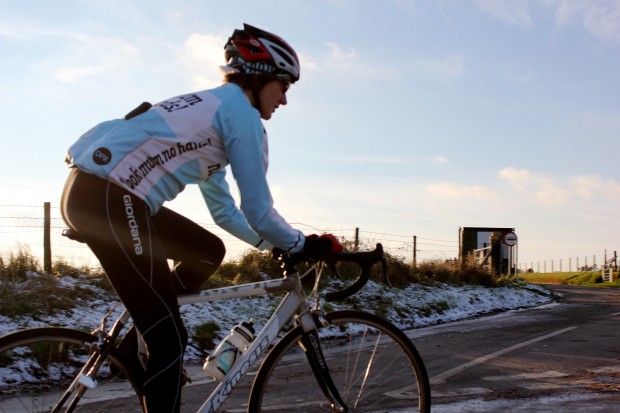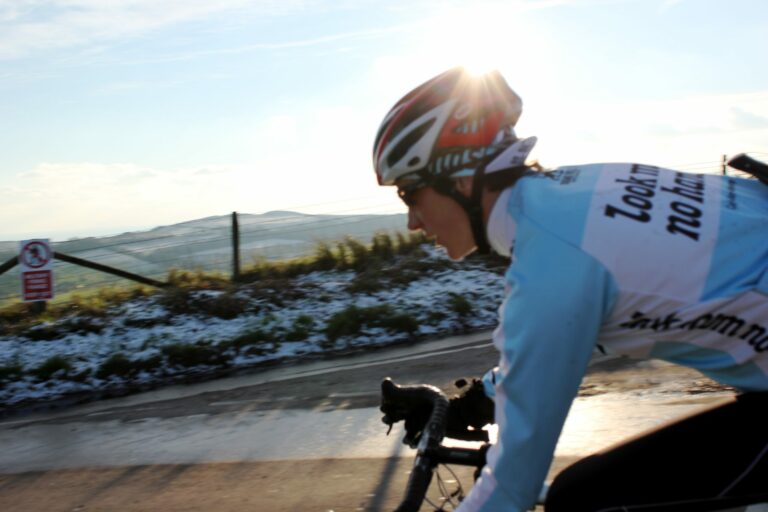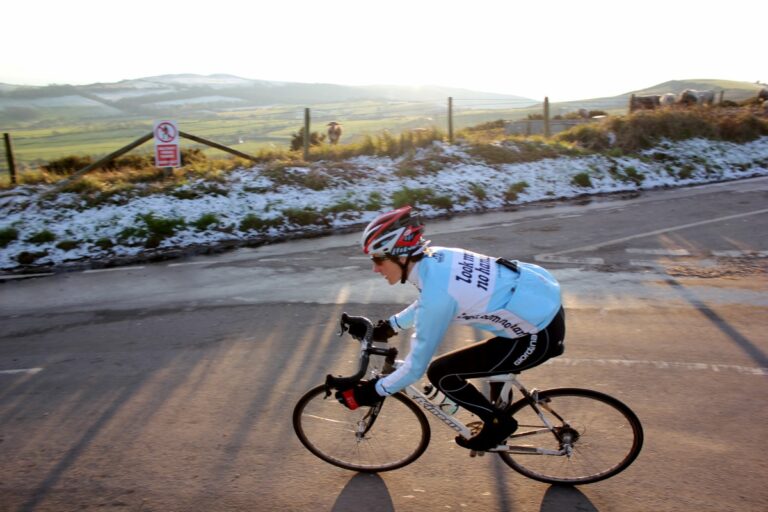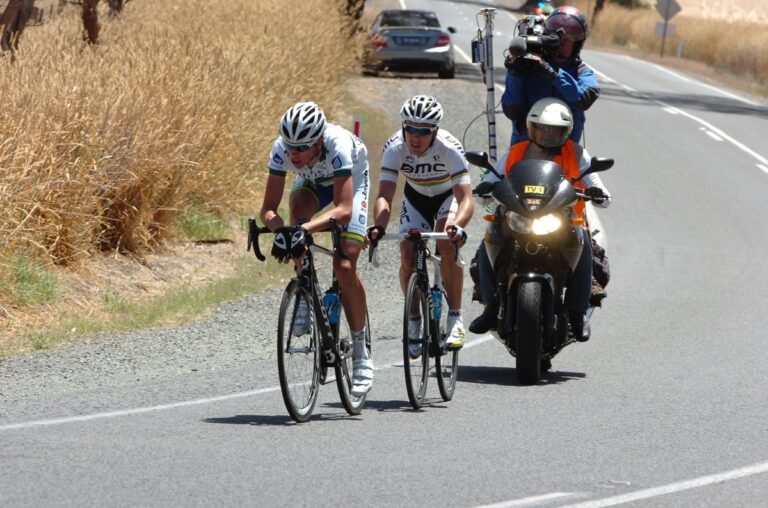With the big sportive events in the UK and on the Continent coming this summer, now is the time (if you haven’t already started) to really focus your training.
Typically, after an end of season break, cyclists, indeed pretty much all athletes, will focus a block of training (or several) on ‘base-building’. Traditionally, this has involved ‘getting the miles in’ with a focus on long rides at a relatively low intensity aiming to improve the aerobic system and get the body used to long hours in the saddle. That’s fine for full-time riders who will be racing three to six-hour races week in, week out, from March or earlier, but for the majority of us with a full-time job and other commitments, trying to keep up with the professional cyclist’s huge volume of work is a fast-track ticket to burnout and overtraining.

During the base-building phase of training, the main aims are to build fitness and skills specific to your goal events. For sportives, you’re looking at relatively long duration events, so aiming to maximise your fat burning ability while retaining the strength to turn on the power in crucial moments like climbs or when ‘digging in’ to stay with that fast group and not get stuck on your own. Group rides in this period can be a good way to ‘get in the miles’ without losing your mind riding solo but be careful (as we will discuss next time) to ensure that you’re working in the right intensity zones to achieve your goals, rather than spending ninety per cent of the ride either too easy or too hard.
The key muscular and cardiovascular adaptations to endurance training are developed over a range of exercise intensities ranging from four to five-hour low intensity rides to five-minute intervals. However, there is an intensity-duration trade off, meaning the harder you ride, the lower the training volume you can take (and often the more recovery you need).
While some long rides are necessary to get used to 100 to 200km events, necessitating a four to seven-hour stint in the saddle, training smart can give you the same benefits with less fatigue and more time to spend with the family! Focussing on tough but sustainable efforts in the ‘sweet spot’, where you can ride for a prolonged period (say 30 to 90 minutes) yet still at a good intensity, can give a good balance of intensity and duration. An example here might be a 90-minute session divided into a warm up, and 60-minutes of hard work a little below time trial pace (you should be able to have a short conversation if needed but not necessarily want to talk much!).
Those 60 minutes should be split up into 20 to 30-minute blocks of effort with a short recovery period in between. If you’re using a power meter this would equate to around 85 to 95 per cent of your ‘functional threshold power’ (roughly 25-mile time trial pace). If you’re your using a heart rate monitor, this is probably around eighty per cent of your maximum, but will vary for different individuals. As your fitness progresses, or in a longer weekend ride, this can progress to 90 to 120 minutes of work, split into 30 to 45 minute efforts spread out in a two to three-hour road ride to get the benefits of a longer ride in a shorter time.
Another aspect of fitness to work on during this period is muscular strength. This is useful both for sustained, high power efforts on climbs and also for injury prevention. If you’re going to be riding the European cols this summer, you will be riding for 45 to 90 minutes at that ‘sweetspot’ intensity but a relatively low cadence so try to replicate this on the shorter climbs in the UK or on the turbo trainer if you live in the flatlands. Propping the front wheel up on your turbo can give you a position similar to climbing while you adopt a relaxed, open position on the tops of the bars or brake hoods to open up your chest (aerodynamics are less important on climbs due to the relatively low speed) and aim to push a bigger gear than normal smoothly.
A good alternative to simulate the changes of gradient on the hairpins of an Alpine climb is to shift up a gear every now and then, get out of the saddle and maintain the cadence to give you a spike in power before returning to the same gear and cadence as before sitting down. If you can monitor your power or heart rate here to ensure you’re staying at a constant pace this is really useful – the aim is quality so if you can’t maintain the intensity any more then it’s time to stop and cool down.
Getting in a good base period now can really pay dividends in the summer for your key events, look at your goals and try to train specifically for their demands. Riding intelligently is key for those with limited time available so structure your time around focussed indoor sessions when you have limited time and get out for a longer ride when you can to get used to the distance and most importantly enjoy yourself!





